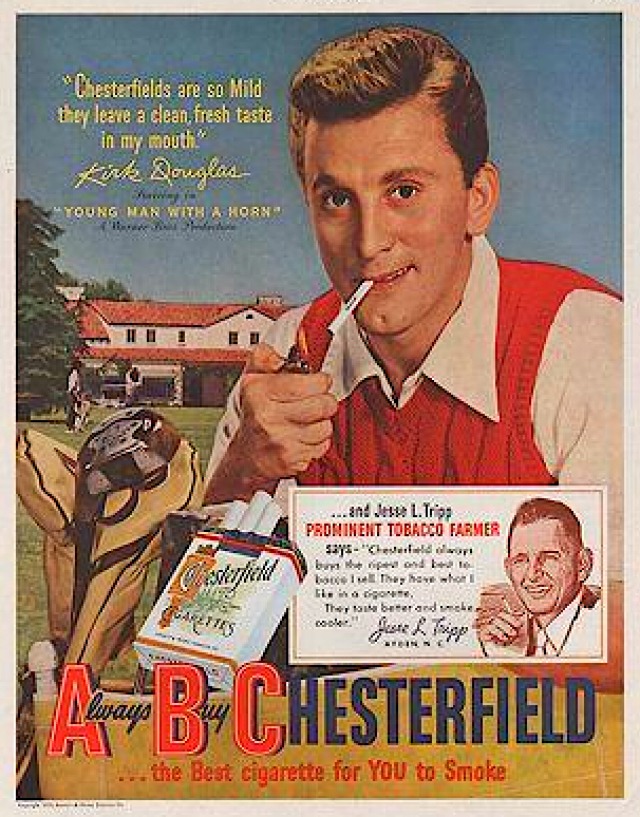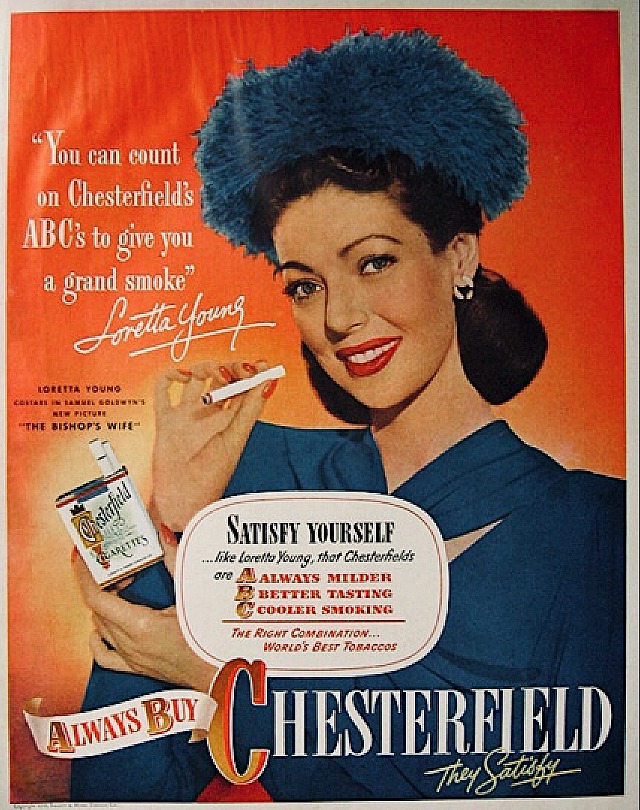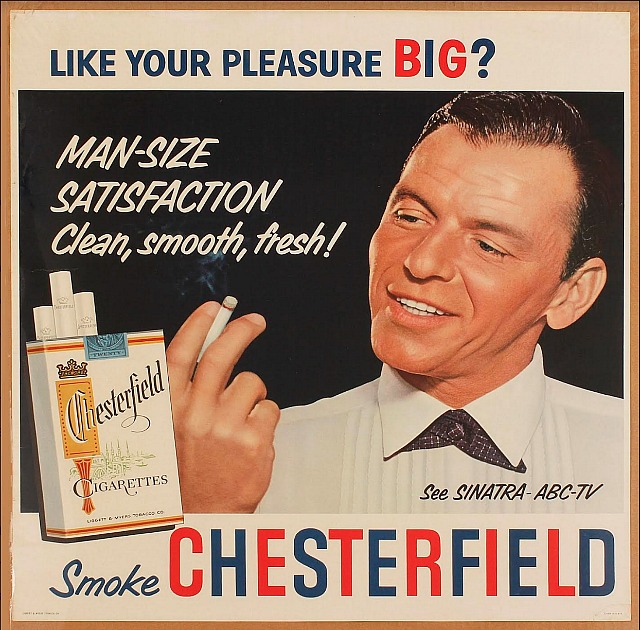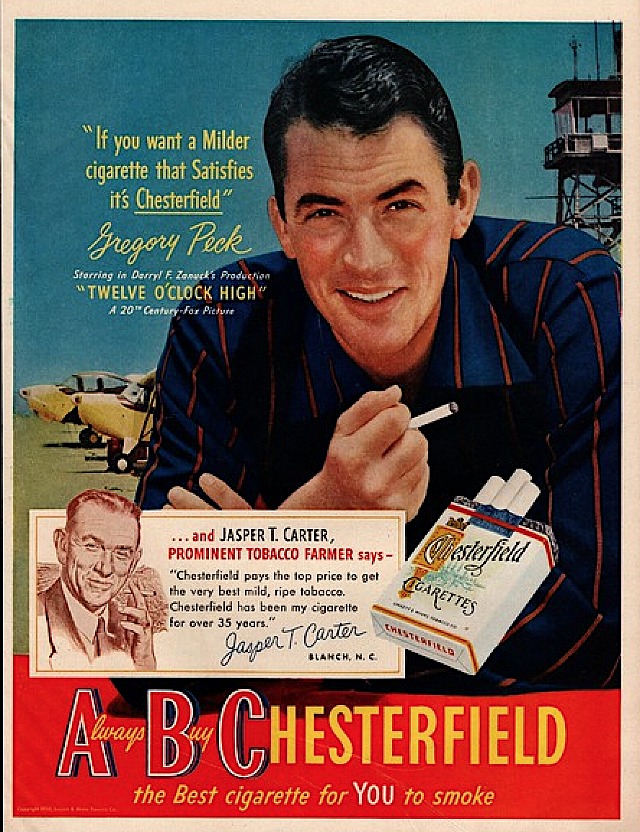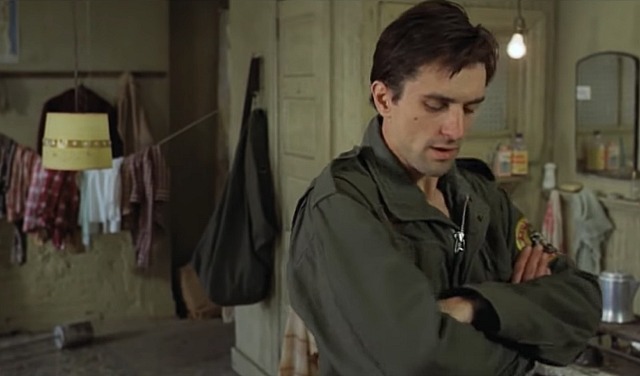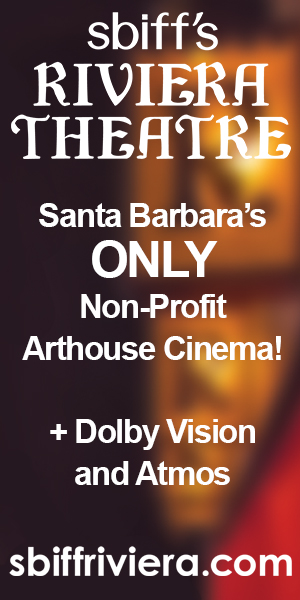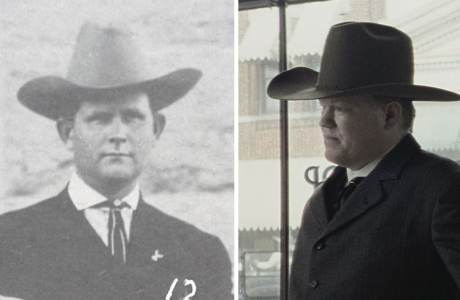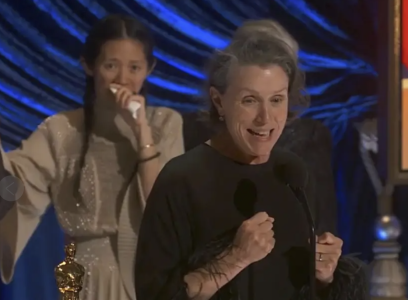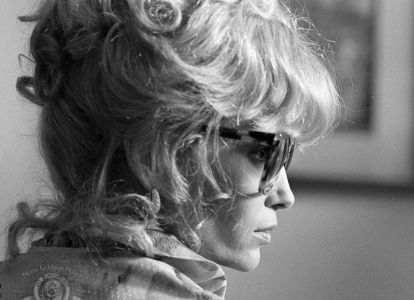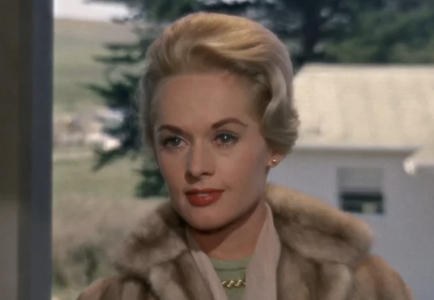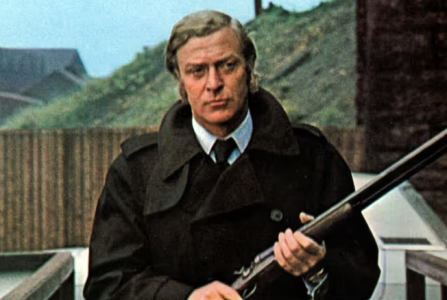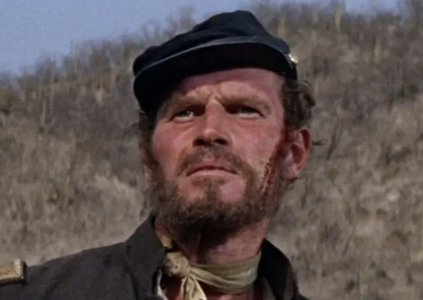HE to Demian Bichir (sent on 1.15.21):
Greetings, bruh. Long time, hope you’re good. I was very moved by your sad Deadline essay about poor Stefanie. I’m so sorry for what befell her. Very few of us seem to acknowledge, even privately, how tenuous and fragile our hold on stability or safety is, much less happiness. I’m so sorry.
By the way I liked you a lot in Robin Wright‘s Land, which I saw last night. I’m glad Robin chose you, believed in you. Your humanity came through. I didn’t think it was dramatically satisfying or appropriate for your character to [spoiler info]. I liked your character and valued his presence, and so I felt irked and cheated by [spoiler info].
But I also have to say that while I respect Wright’s attempt to offer some kind of comment about soul-cleansing isolation and to carve out some kind of naturalist ethos, I really didn’t care for her character, Edee Mathis, at all. Robert Redford‘s Jeremiah Johnson was human and relatable — Edee isn’t. What a profoundly stupid, self-involved, slow-to-awaken woman…she loves her isolation and her general disdain for other people too much. She doesn’t even keep her SUV near her cabin in case there’s an emergency? Idiot!
When you and your sister (Sarah Dawn Pledge) found Edee lying on the floor of her cabin, starved and half-frozen and near death…I’m sorry to share this but on another level I’m not. When you found her like that I was thinking “this idiot did this to herself out of flat-out stupidity and arrogance, and so by the laws of nature and natural consequence”…I probably shouldn’t say this but I was thinking that if she passed it would be more interesting than if she’d lived.
There’s a moment in which Edee looks at your character and says with a slight tone of suspicion, “Why are you helping me?” After you and your sister have literally saved her form the jaws of death, she looks you right in the eye and asks why, and with a vaguely snippy tone to boot. When a viewer feels this negatively about the central character in a film…well, it’s not a good thing. Even a nominally “bad” character can enlist audience sympathy if the film is handled right. I felt more emotionally supportive of Michael Corleone in The Godfather, Part II than I did for Edee Mathis. I felt more compassion for Boris Karloff‘s monster in The Bride of Frankenstein.
If Edee had died in her cabin I would have said to myself “tough break but just desserts…this is the law of life and survival…now Edee will never have to deal with another human being ever again.”



